9. Red Kabocha

Visually, the biggest difference between red kabocha and the green variety is (not surprisingly) the color. Typically, the red one has a red/orange color along with white stripes. The two varieties also have some differences in taste, with the green kabocha being relatively savory and the red one offering a sweeter taste
8. Silk Squash
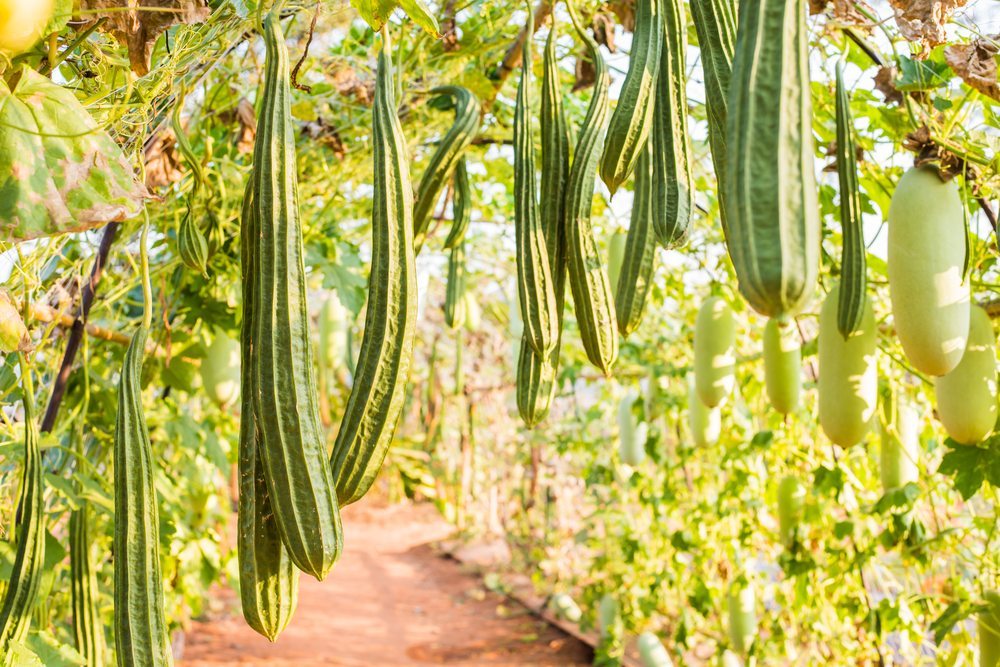
Silk squash is another example of a squash that doesn’t look like one. The taste and the texture of this squash is similar to a zucchini, and it can be used in most recipes that call for zucchini. When cooked, the flesh of the squash remains juicy and holds a delicate flavor. It tends to absorb sauce or broth during cooking, taking on some of those flavors.
7. Turban Squash

Without a doubt, the turban squash is one of the most unusual looking vegetables that I have ever seen. It is an heirloom squash and its bright colors and unusual shape make it a common choice for an ornamental squash. The combination of thick skin, strange shape and large seeds makes the squash especially challenge to cut and to use. The thickness of the skin means that you should at least partially cook it before you even attempt to peel the skin off.
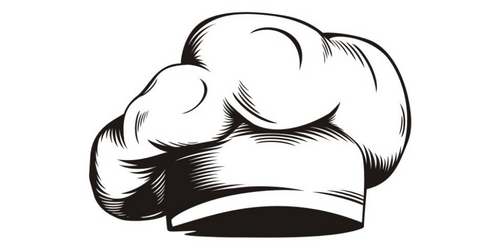


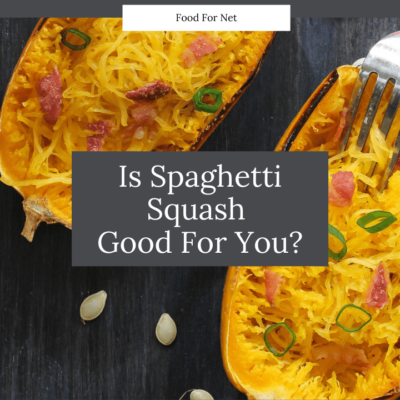
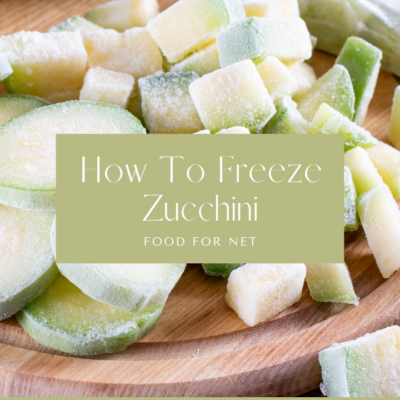
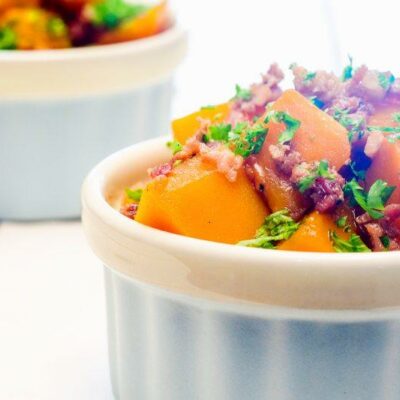
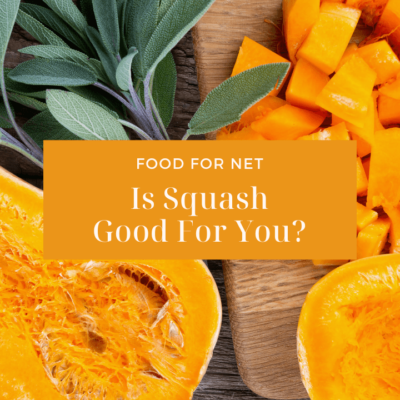

 20 Super Tasty Fermented Treats That Are Good For Your Gut
20 Super Tasty Fermented Treats That Are Good For Your Gut
I have a Gourd or squash that i was given the seeds at a plant show. I was told it was rare and edible. And i cannot find it anywhere. It is large and green like a watermelon but is tapered at the stem end. It has white flowers and broad leaves. Do you know what this is ?